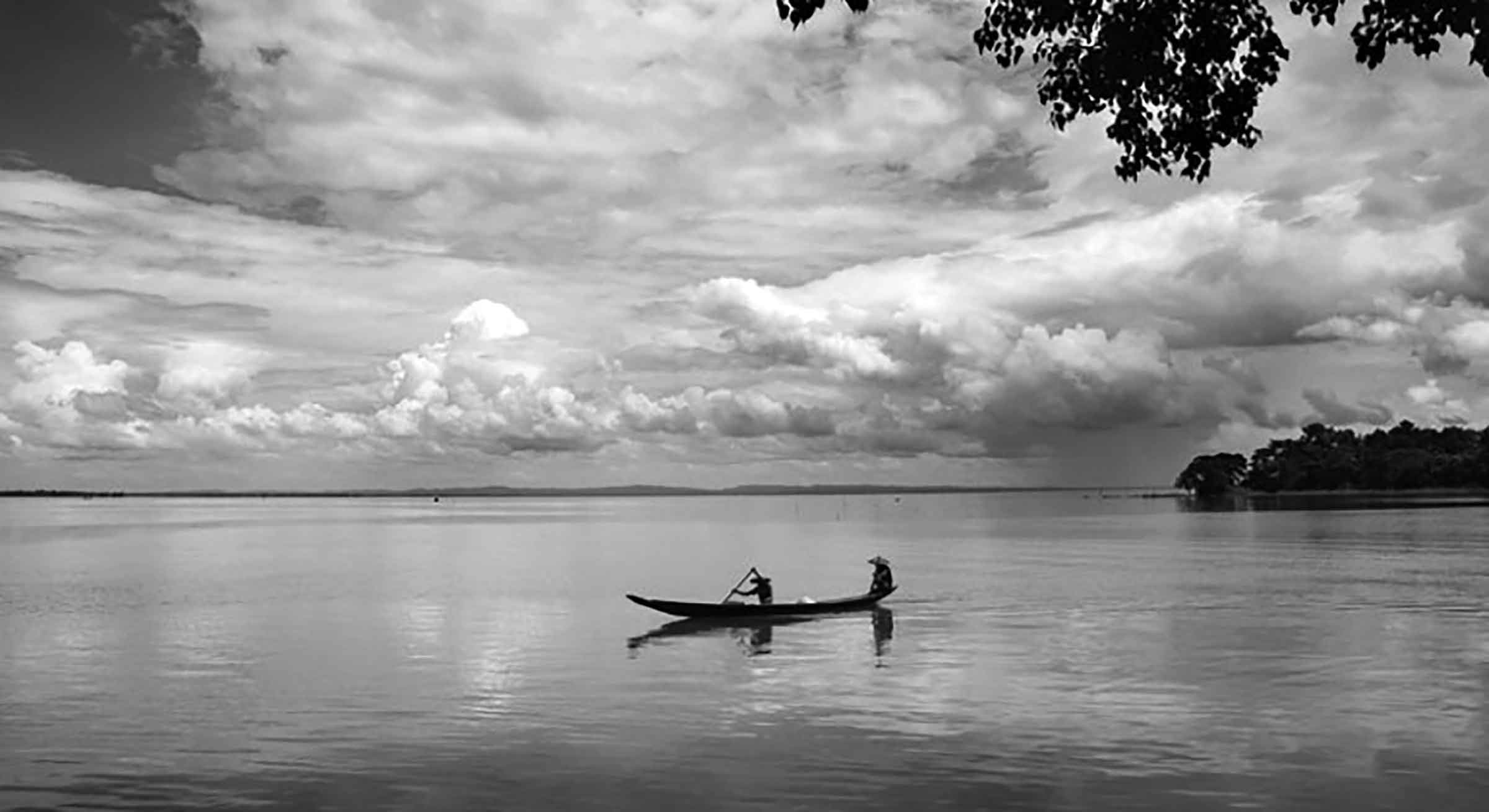একাদশ শ্রেণির ইংরেজি প্রথমপত্র
প্রকাশ | ০২ অক্টোবর ২০২৪, ০০:০০

B. Answer the following questions.
a) ‘Universities should never be made into mechanical organizations for collecting and distributing knowledge.’ Why? Explain with your opinion.
b) What, according to Rabindranath Tagore, should be the aim of our universities? Describe in your own words.
c) What is the shortcoming of the universities established in India in the modern time?
d) Why are the educational institutions in our country termed as ‘India’s alms-bowl of knowledge?’
e) ‘They lower our intellectual self-respect.’ What does the statement refer to? Do you agree? Give reasons for your answer.
Ans :
a) Universities should never be made into mechanical organization for collecting and distributing knowledge because this process does not develop creativity and does not reflect the intellectual richness of the land.
b) According to Rabindranath Tagore, the aim of our universities should enable people offer their intellectual hospitality, their wealth of mind to others, and earn their proud right in return to receive gifts from the rest of the world.
c) The shortcoming of the universities established in India in the modern time is that they do not allow a foreign or an India student to be properly acquainted with the best products of the Indian mind.
d) The educational institutions in our country are termed as ‘India’s alms-bowl of knowledge’ because they encourage us to make a foolish display of our learning not related to our country but borrowed form others.
e) The statement refers to the educational system of our universities. Yes, I agree with the statement because without reflecting the richness of its own people and land, a university is bound to lower the self-respect of the people.
6. Read the following text and answer the questions A and B:
Bangladesh is blessed with huge inland open water resources. It has numerous rivers, canals, beels, lakes, and vast areas of floodplains. Hakaluki haor is one of the major wetlands of Bangladesh. With a land area of 18,386 hectares, it supports a rich biodiversity and provides direct and indirect livelihood benefits to nearly 190,000 people. This haor was declared an Ecologically Critical Area in April 1999 by the government of Bangladesh. Hakaluki is a complex ecosystem, containing more then 238 interconnecting beels and jalmahals. The most important beels are Chatla, Pinlarkona, Dulla, Sakua, Barajalla, Balijhuri, Lamba, Tekonia, Haorkhal, Tural, Baghalkuri and Chinaura. Hakaluki Haor is bounded by the Kushiara River as well as a part of the Sonai-Bardal River to the north, by the Fenchuganj-Kulaura railway to the west and to the south, and by the Kulaura-Beanibazar and Sylhet. Some 190,000 people live in the area surrounding the haor.
Hakaluki Haor is an important source of fisheries resources for Bangladesh. Kalibaus, Boal, Rui, Ghagot, Pabda and Chapila are the main fish species found here. From the Kushiara there are frequent upstream movement of fish towards the beels and tributaries of Hakaluki. The beels in Hakaluki haor provide winter shelter for the mother fisheries. In early monsoon these mother fisheries produce millions of fries for the entire downstream fishing communities. Floodplains are also an important source of fisheries resources within the area. However, many of the beels have lost their capacity to provide shelter for mother fisheries because of sand deposits from upstream rivers and canals, use of complete dewatering technique for fishing and lack of aquatic plants to provide feed and shelter for parent fish.
n cieZ©x Ask AvMvgx msL¨vq
